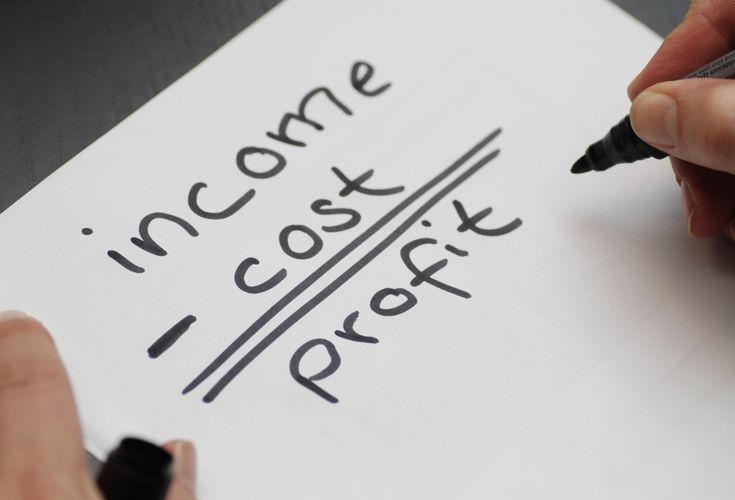The difference between profit and revenue
What separates revenue from income? It may not be very clear to some who are not really into this line of work. But if you are interested to know the difference between the two, you should keep on reading. First, revenue is the income that a company or business makes from selling their goods or services involving the primary operations. On the other hand, profit, which other people also call net profit and bottom, is the income amount left after deducting expenses, debts, operation costs, and additional income streams. Let us take our explanation further.
First, we have revenue.
Did you know why other call revenue the “top line?” As its name suggests, we find it at the top of the income statement. The revenue is the amount that a company generates before deducting any expenses. For instance, you are running a clothing line. Hence, you make money by selling clothes. Before deducting anything you have spent to make your products, we call that revenue. But what if a company also gets income from investments and subsidiary companies? Income from those departments is not considered revenue because it does not generate from selling clothes. It is what we meant earlier when we said that it is the income amount from selling goods and services from primary operations. You can account for those additional income streams and difference expenses separately.
And then, we have profits.
Profit an income statement’s net income or bottom line. When we say profits, we can refer to different things in terms of the income statement. It is helpful to know when you want to have an idea about a company’s performance. There are different profit margins between the top line and bottom line. Let us say that we encountered profit in the gross and operating profit department. Before the net profit, we should get past this. Let’s start.
First, gross profit is the difference between the revenue and cost of goods. The cost of goods refers to the direct costs related to producing the goods that a company sells. We refer to the money spent on the materials used and the labor costs to make the products. Next, we have the operating profit. It’s the difference between the gross and any other fixed and variable costs involving the business operations. Business operations can include rent, utilities, and payroll.
We thought you should know.
The company’s profit is the net income and not the gross or operating profit. This is the amount left after deducting all the expenses, and it is not uncommon to have a net loss while generating revenue. We also have accrued revenue that is unrealized yet. It is an unrealized revenue because the company delivered the goods or services, and the customer did not pay yet.
For the recap
Revenue means total income from selling goods and services from the company’s primary operations. Most people refer to revenue as sales, and it is the amount where we did not deduct the operating expenses yet. On the other hand, profit means the remaining income minus all expenses, additional income streams, debts, and operating costs. Some people are confused between the two because they both refer to a company’s earnings but is not uncommon to get a net loss while generating revenues.




